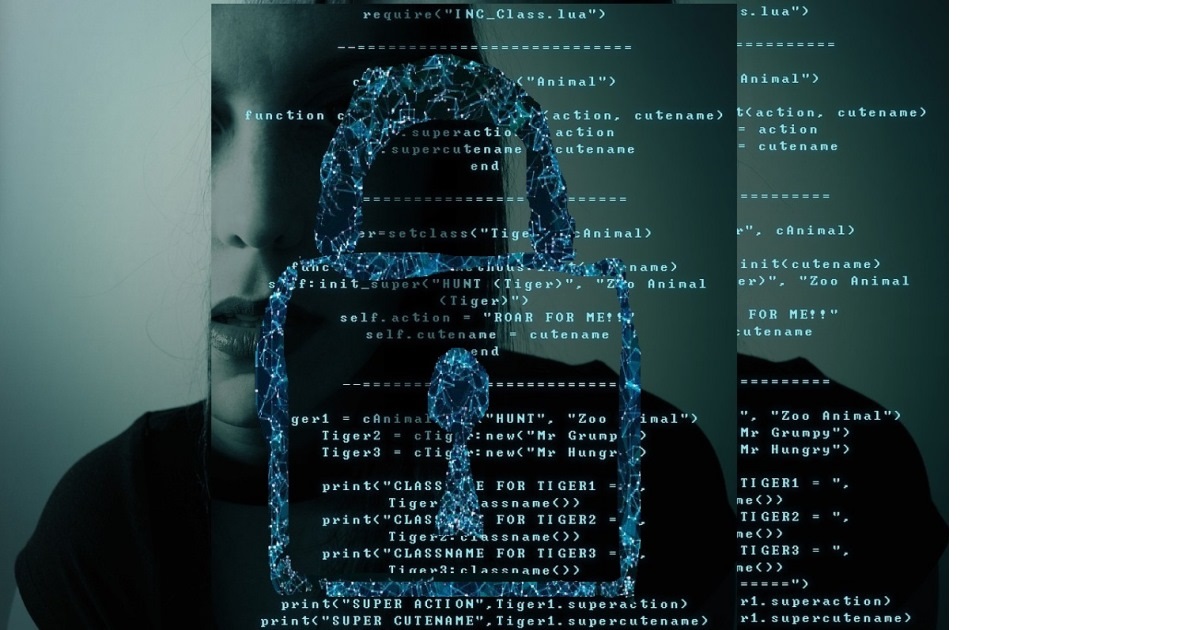Techniques and Applications in Face Image Analysis
A special issue of Journal of Imaging (ISSN 2313-433X).
Deadline for manuscript submissions: closed (31 August 2025) | Viewed by 3519

Special Issue Editor
Interests: computer vision; image processing; deep learning; intelligent video surveillance; face analysis; face recognition; emotion recognition; fake image detection
Special Issues, Collections and Topics in MDPI journals
Special Issue Information
Dear Colleagues,
In face biometric applications, building a robust face recognition system involves several key components and considerations. Face detection delimits the face region within an image or video sequence, the face recognition component then identifies or verifies individuals based on the computed facial features from the delimited regions. The recognition rate highly depends on the quality of the processed images. While some algorithms have been adapted to mitigate certain image aspects (e.g., sensor-related aspects, sharpness, illumination, etc.), challenges still remain regarding subject-related aspects. These include occluded faces, head pose, expression neutrality, etc. Assessing face image quality is used as a utility score to improve the stability and accuracy of face recognition systems by rejecting low-quality images before further processing.
Furthermore, AI-based approaches have significantly improved face recognition systems, even under diverse wild conditions. However, they have also enabled sophisticated attacks on face recognition systems. A robust system must consider mitigating strategies to tackle more and more advanced AI-related aspects including presentation attack, face morphing, and synthetically generated or manipulated face images.
This Special Issue of the Journal of Imaging aims to feature reports and articles addressing the robustness of face biometric algorithms and implementing enhancement measures and/or protective techniques. Any related face analysis techniques that can potentially defend against evolving threats are welcome.
Dr. Mohamed Dahmane
Guest Editor
Manuscript Submission Information
Manuscripts should be submitted online at www.mdpi.com by registering and logging in to this website. Once you are registered, click here to go to the submission form. Manuscripts can be submitted until the deadline. All submissions that pass pre-check are peer-reviewed. Accepted papers will be published continuously in the journal (as soon as accepted) and will be listed together on the special issue website. Research articles, review articles as well as short communications are invited. For planned papers, a title and short abstract (about 250 words) can be sent to the Editorial Office for assessment.
Submitted manuscripts should not have been published previously, nor be under consideration for publication elsewhere (except conference proceedings papers). All manuscripts are thoroughly refereed through a single-blind peer-review process. A guide for authors and other relevant information for submission of manuscripts is available on the Instructions for Authors page. Journal of Imaging is an international peer-reviewed open access monthly journal published by MDPI.
Please visit the Instructions for Authors page before submitting a manuscript. The Article Processing Charge (APC) for publication in this open access journal is 1800 CHF (Swiss Francs). Submitted papers should be well formatted and use good English. Authors may use MDPI's English editing service prior to publication or during author revisions.
Keywords
- face analysis
- robust face recognition
- image quality assessment
- face recognition attacks
Benefits of Publishing in a Special Issue
- Ease of navigation: Grouping papers by topic helps scholars navigate broad scope journals more efficiently.
- Greater discoverability: Special Issues support the reach and impact of scientific research. Articles in Special Issues are more discoverable and cited more frequently.
- Expansion of research network: Special Issues facilitate connections among authors, fostering scientific collaborations.
- External promotion: Articles in Special Issues are often promoted through the journal's social media, increasing their visibility.
- Reprint: MDPI Books provides the opportunity to republish successful Special Issues in book format, both online and in print.
Further information on MDPI's Special Issue policies can be found here.






